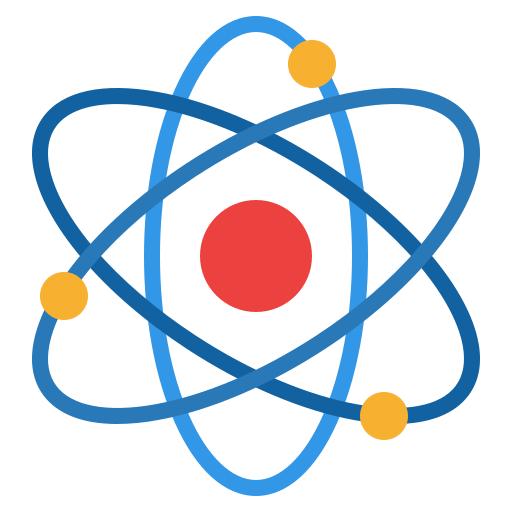A smart grid refers to an electricity grid ecosystem (power generators, transmission and distribution networks) that is intelligent, responsive and efficient.
Smart grids represent a wide range of technologies, processes and even business models. At the base of it all is the effort to ensure that the grid and its key stakeholders - power generator, distributor and consumer - act in unison to make the whole grid efficient. A smart grid will also ensure lower CO2 emissions from the ecosystem’s higher efficiency.
Depending on the component of the smart grid being considered, it could either be fairly well developed or in its nascent stages. Some of them - such as grid monitoring and analytics - have evolved significantly in the last few years, while some others - such as those in the intersection of grid and the e-mobility ecosystem - are still in their development stages.
Smart grids are applicable for almost every country. However, owing to the cost of implementation, as well as the differing nature and stakeholder patterns in different countries, some countries could see much quicker developments than the rest of world during the 2020-2030 period.
The key challenges smart grids face are the high costs of implementation, the diverse set of stakeholders and complex nature of the overall ecosystem - all these could stand in the way of quick implementations.
Innovation in smart grids for the 2020-2030 period will be around the extensive use of a variety of digital tech (IoT, AI/Big Data especially), analytics, focus on power transmission & distribution efficiencies, demand response systems, integration with the renewable energy & e-mobility ecosystems, and capacity building for utilities for smart grid implementation and maintenance.

As power generation constitutes the single largest contributor to CO2 emissions (about 35%), a grid that makes power generation, distribution and use efficient can go a long way in providing significant decarbonization benefits in the 2020-2030 period.
Even in developed countries such as the US, transmission & distribution electricity losses are about 5%. It is much higher in many countries. Studies have shown that incorporating intelligence into the grid can decrease T&D losses by up to 50%. Translating this to a global scenario, under conservative assumptions, this could imply energy generation savings of about 1000 TWh per annum, about 500 million tons of annual CO2 emissions.
But the decarbonization potential of smart grids goes beyond this. In an increasing renewable power contribution to the grid scenario, a high level of grid intelligence combined with the ability to shape end user electricity demand as a function of time will lead to much smoother integration of low carbon electricity with the grid. The positive effects on power decarbonization could be significant.
With the assistance of smart Israeli companies through innovative partnerships, New York rapidly pursuing technologies with the potential to optimize the energy infrastructure and further develop a state-of-the-art grid that is equipped to deliver reliable, affordable, clean power statewide.


The prolonged drought appears to be a dominant factor, and one thing is clear: there is a deficit in the supply of transparent, objective data needed to determine the causality of wildfires and, with it, improve outcomes.


The chips, which will powered by Nvidia’s AI platform, will be embedded in smart meters to enhance grid resiliency and integrate distributed energy resources (DERs) including solar, storage and electric vehicles (EVs).


Rowan University is developing a next-generation engineering education module to meet the demand for a new kind of power infrastructure called a smart grid.


Replacement of DG sets distributed across the country with BESS is the fastest and cheapest route to build flexibility for the Indian grid. The reduction in emissions from DG sets will help meet the NDC targets as well.


Canadian community is entrusting Black & Veatch to transform its power system into a technology-driven, enhanced “smart grid” meant to lower consumer costs and slash greenhouse gas emissions.


NERC requires training to ensure system operators have the necessary skills to maintain bulk power system reliability, and imposes steep fines for noncompliance.


The grid virtualization is aimed at being near real-time, helping test new ideas, optimize the grid for renewables, and improve reliability.


As part of the project, the IIT-K will also provide training on smart grid technology to 90 participants and provide fellowship to nine selected candidates for development of ideas on smart grid technology.


The smart device enables the user to control the flow of the resource being used, such as natural gas, water or electricity. Further, it also allows the meter to be controlled remotely.


|
|